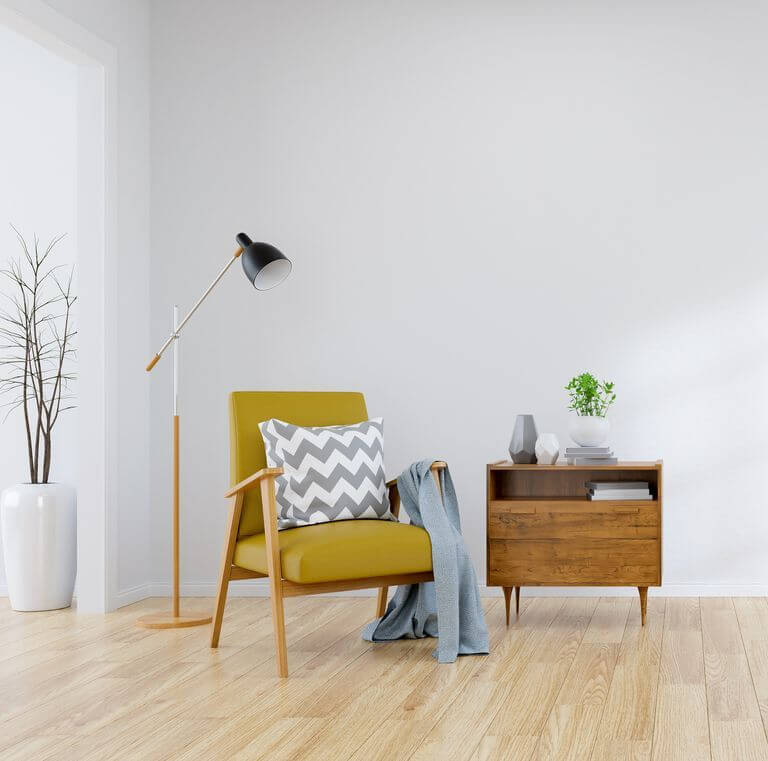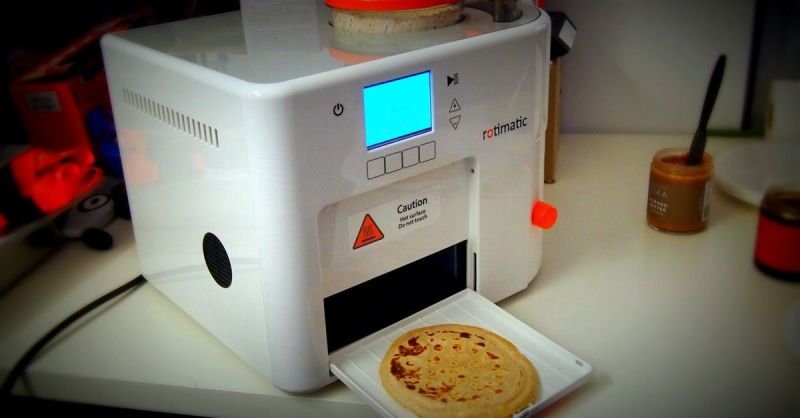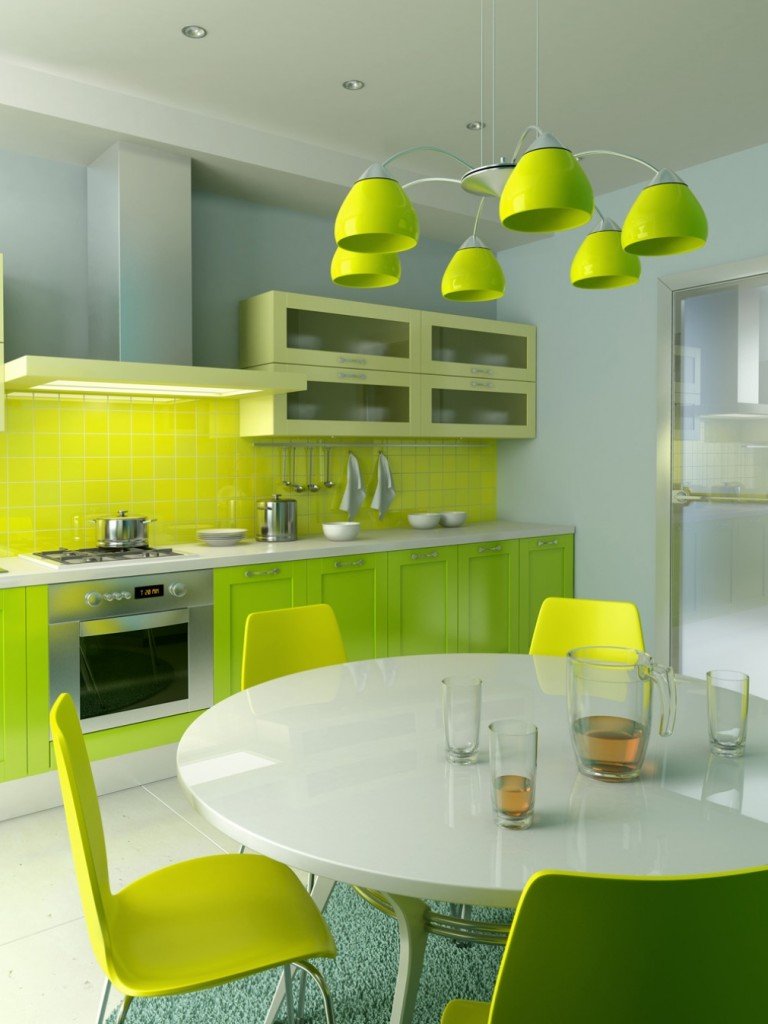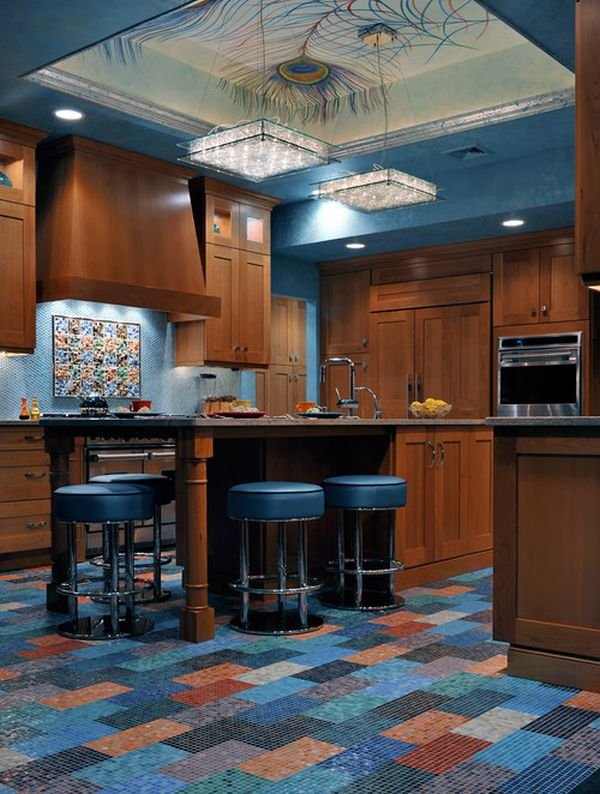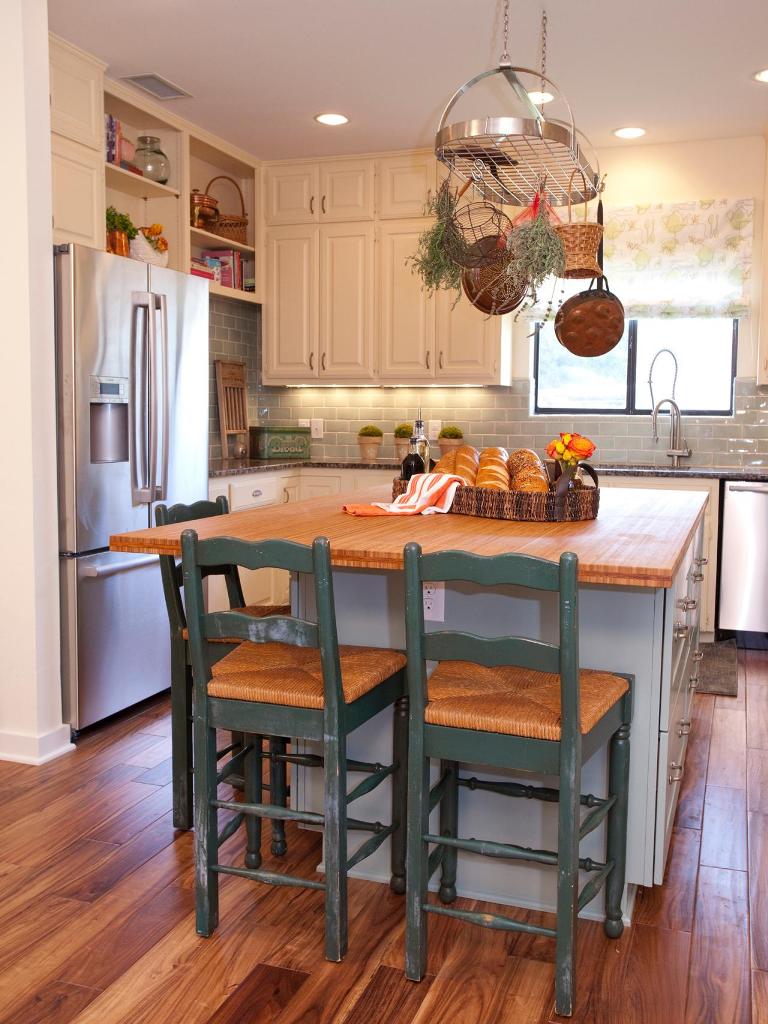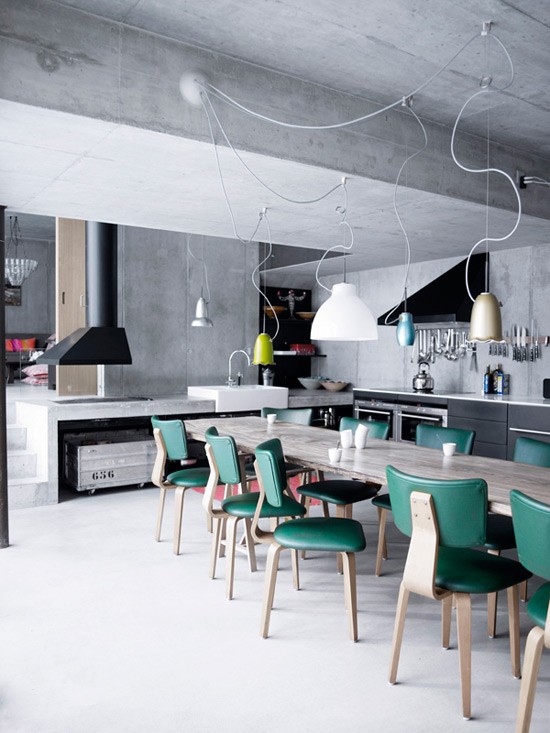At first glance, the minimalist lifestyle has a simple goal, “owning fewer things.” After all, who needs so many things? In an ideal world we could live with few pieces of clothing, such as a jacket, a pair of shoes, a dress, pants and a shirt. Just a little bit of everything would be enough, but it often seems that we need to have more than just one to feel “fulfilled”.
Of course, a wardrobe with few pieces may not work for all occasions. A jacket that can be worn to work may not be suitable for an event, that pair of shoes perfect for a party may not be suitable for walking. Likewise, it’s not possible to live without the things of everyday life like bedding, bath, and pots that aren’t exactly exciting objects to own, but are useful.

When we talk about living a minimalist life, the things we own must serve a purpose. We need things that meet our needs. However, below the surface, minimalism is about something much bigger. It is about reassessing our activities, our habits and our motivations.
My family and I moved to a smaller house some time ago, and we went through the experience of discarding unnecessary things we were used to living with. Today we only live a third of the items we had and I can say that having less is a liberating experience. We need to buy less, we use the house with a defined purpose, we spend more time together, and it is also possible to see the financial benefits of this change. Here are tips for minimalist living and its benefits.
Sell the unnecessary
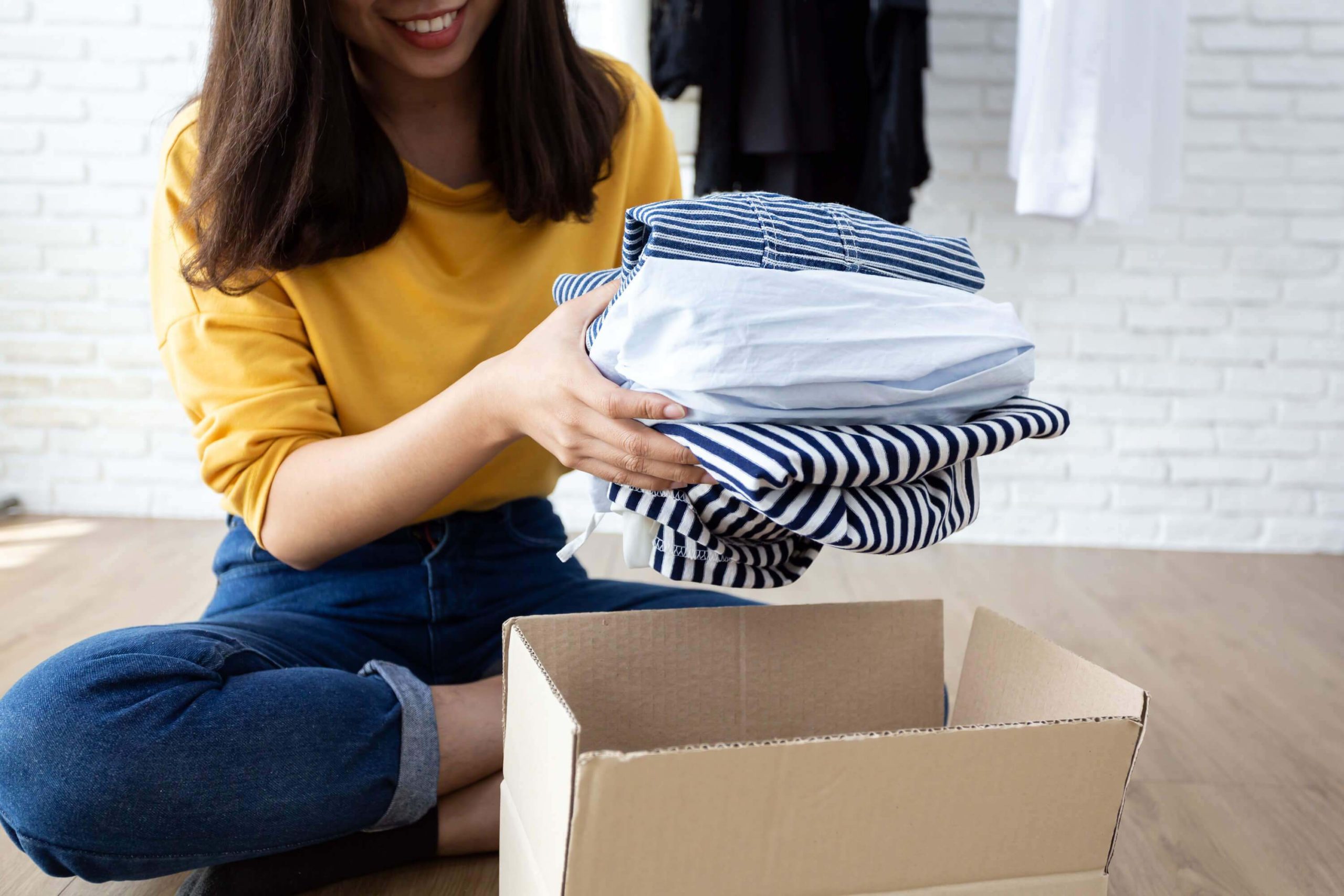
It is estimated that each person has around 3,000 to 5,000 personal items. Can you believe? That’s a lot of junk and a lot of stagnant money, probably more than you think. Separate clothes you bought that you didn’t like and all those that are sitting in the closet and make some money.
Buy less

Minimalist people routinely spend less on retail purchases. What is surprising is that once a person experiences the freedom of possessing less, he becomes more and more attracted to living on less. At this point, you start to feel the benefits in your pocket.
Calculate the actual value

Often, when we buy an item, we only look at the tag price, but that’s rarely the total cost. Our purchases always cost more in the long run. Also, over time most items become obsolete or devalue quickly. This can be seen clearly in items such as cars (think insurance, taxes, fuel, maintenance) and electronics such as cell phones and televisions (internet, streaming services, pay-TV package, electricity). Minor fixes and maintenance costs also tend to add up.
Rethink the living space
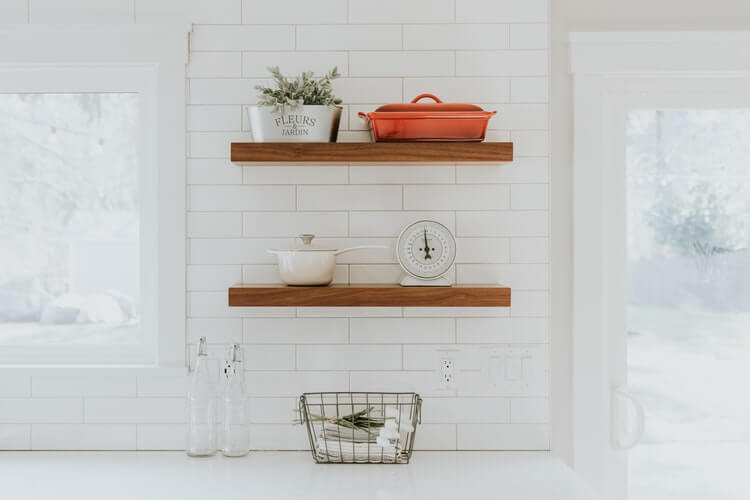
The square meter is getting more and more expensive to buy or rent. Also, when it comes to out-of-home storage locations like warehouses and containers, it might seem like a good idea to keep some items that don’t fit indoors but can be expensive. Those who choose to live a minimalist life prefer to live in smaller spaces and save the money that would otherwise be spent on a bigger house or renting storage space. Just imagine how different your finances would be if you lived in a smaller house!
Improve your physical and emotional health

Each possession adds increased anxiety to our lives, but minimalism brings greater emotional health. Emotional health brings physical health, and both are among the greatest investments we can make.
Live with purpose
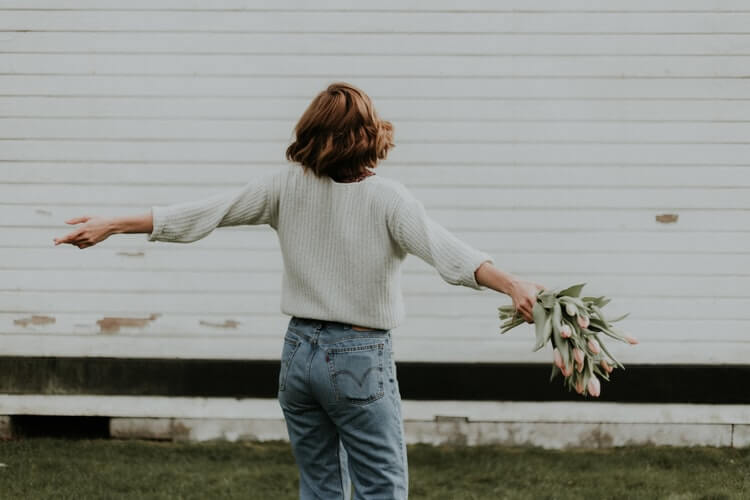
Minimalism brings greater purpose in all areas of life. It starts by making us evaluate everything we have. But often, the principle of keeping “only the best” extends to other areas of our lives as well: commitments, relationships, health and habits. Once we start practicing healthier habits in other areas of life, the wiser decisions are easier to make and the unnecessary is left out.
Save extra time
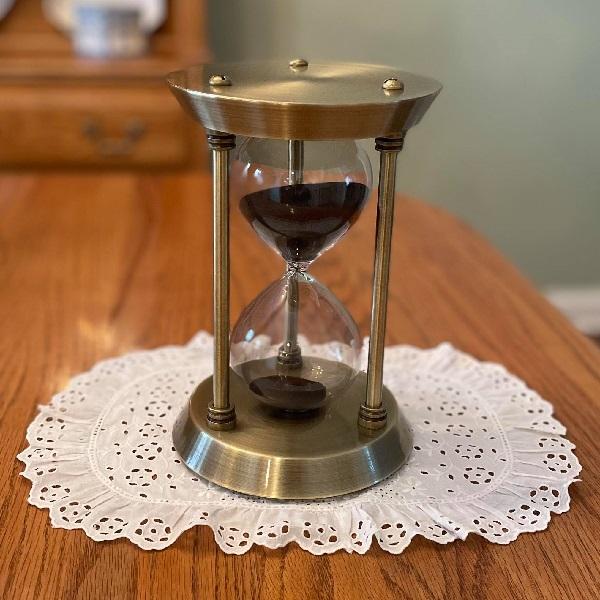
One of the biggest benefits of minimalism is the amount of time we gain for our lives. When we have less to clean, organize, maintain and repair, we have more time for other activities. Minimalism can help you have more time to spend with your family or for other activities.

